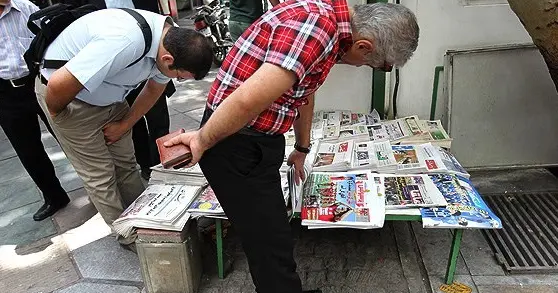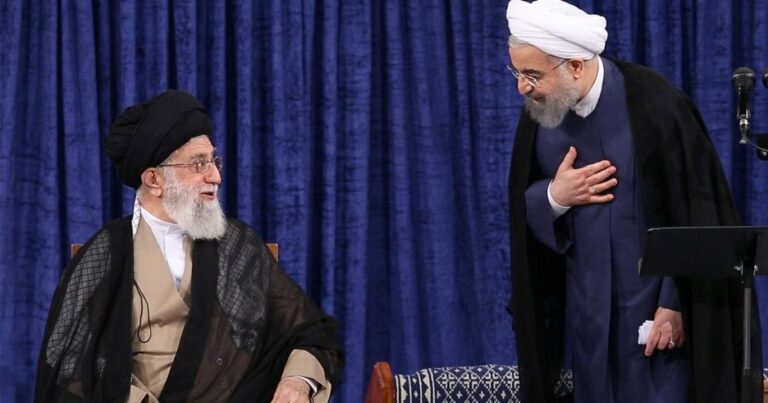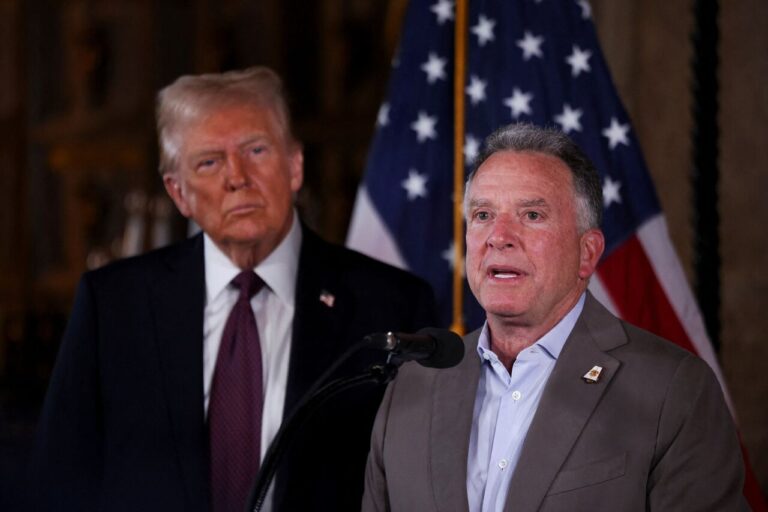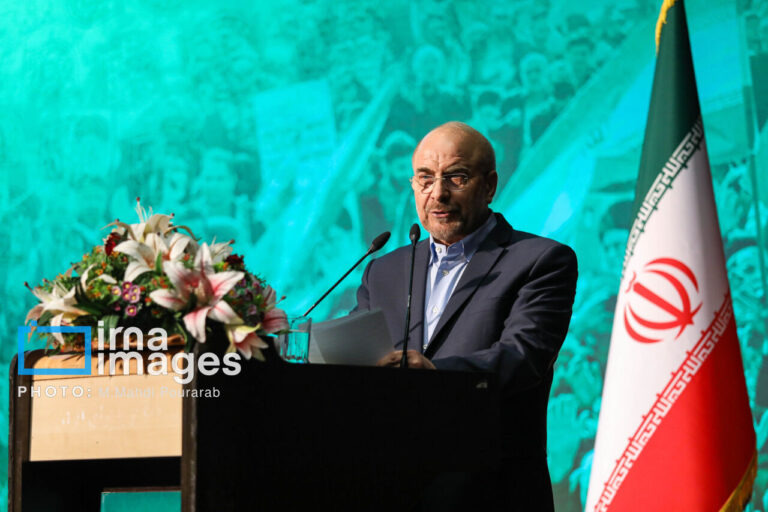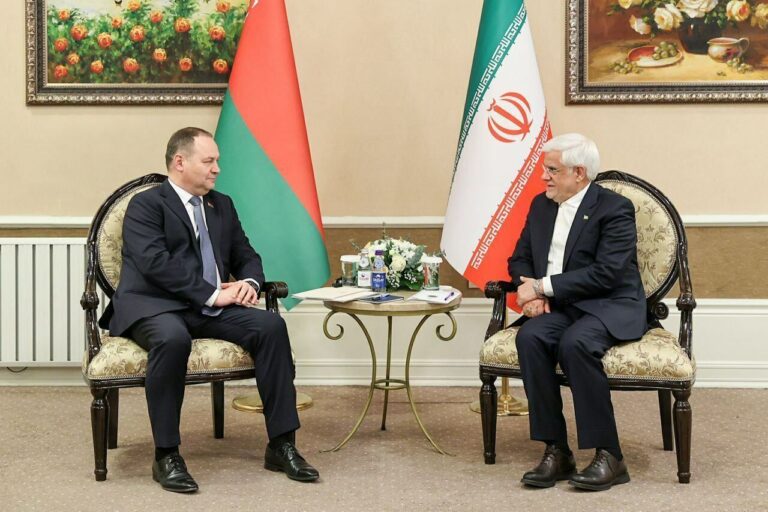Tehran Newspapers Divided: Unraveling the Causes Behind the Port Explosion
Tehran’s morning newspapers on Sunday highlighted contrasting perspectives on the explosion at Rajaei port in southern Iran, revealing significant political divides regarding the incident’s origins. This event has drawn attention to the broader issues of safety and security in the region.
The incident has generated a flurry of commentary from various news outlets, illustrating the divide between conservative and reformist viewpoints. While conservative media attributed the explosion to failures in safety protocols, reformist-aligned publications raised concerns about potential sabotage linked to foreign adversaries.
- Conservative Outlets’ Stance: Newspapers such as Kayhan, Vatan-e-Emrooz, and Javan — which are closely aligned with Iran’s security establishment — have pointed fingers at negligence related to container safety as the cause of the explosion.
- Accusations of Disinformation: Javan specifically accused “external enemies of spreading disinformation” regarding the incident.
In stark contrast, the reformist-leaning daily Ham-Mihan presented a different narrative. The publication suggested that the explosion’s timing, which coincided with ongoing negotiations between Iran and the United States in Muscat, was too coincidental to dismiss.
- Concerns of Sabotage: The editorial in Ham-Mihan articulated that “It is improbable that the explosion’s concurrence with the start of technical talks between Iran and America is coincidental,” implying a deliberate act of provocation.
- Historical Context: The paper referenced past comments made by former US President Donald Trump concerning Israeli operations, hinting at the possibility that Washington might overlook Israeli non-military acts of sabotage.
- Proxy Operations: Furthermore, Ham-Mihan suggested that the port blast could have been executed by proxies, rather than being a direct operation carried out by Israeli forces.
The editorial continued, cautioning that in a nation of 85 million people, “at least ten thousand individuals have sensitive access; without patriotism, they could deal irreversible blows.” This statement underscores the potential internal vulnerabilities that could be exploited in the event of geopolitical tensions.
On the other hand, Kayhan vehemently opposed the notion of linking the explosion to the Muscat negotiations. The publication characterized such claims as “unsupported narratives spread by fake news networks” and called on authorities to provide clarity regarding whether the explosion was a result of negligence or if other factors were at play.
The official cause of the explosion is still under investigation, and there is an increasing call for a transparent and detailed accounting of the incident. As discussions continue, the political implications of the explosion remain a topic of heated debate among Iran’s media outlets.
Understanding the nuances of these differing narratives is crucial for anyone following the developments in Iran. The political landscape in the country is complex, with safety and security issues often intertwining with international relations and domestic politics.
In summary, the explosion at Rajaei port serves as a focal point for broader discussions regarding safety protocols, foreign influence, and internal security. The responses from various media outlets reflect the ongoing struggle between conservative and reformist ideologies in Iran, each interpreting the event through their respective lenses.
As investigations proceed, it remains essential to monitor how this incident may affect Iran’s internal dynamics and its foreign relationships, particularly with the United States and other regional powers. The implications of such events can resonate far beyond the immediate context, influencing policy and public perception.
In conclusion, the explosion at Rajaei port has not only raised questions about safety and security but has also highlighted the deep political divides within Iran. As the story unfolds, it will be critical to remain vigilant and informed about the various narratives that emerge in the media.
